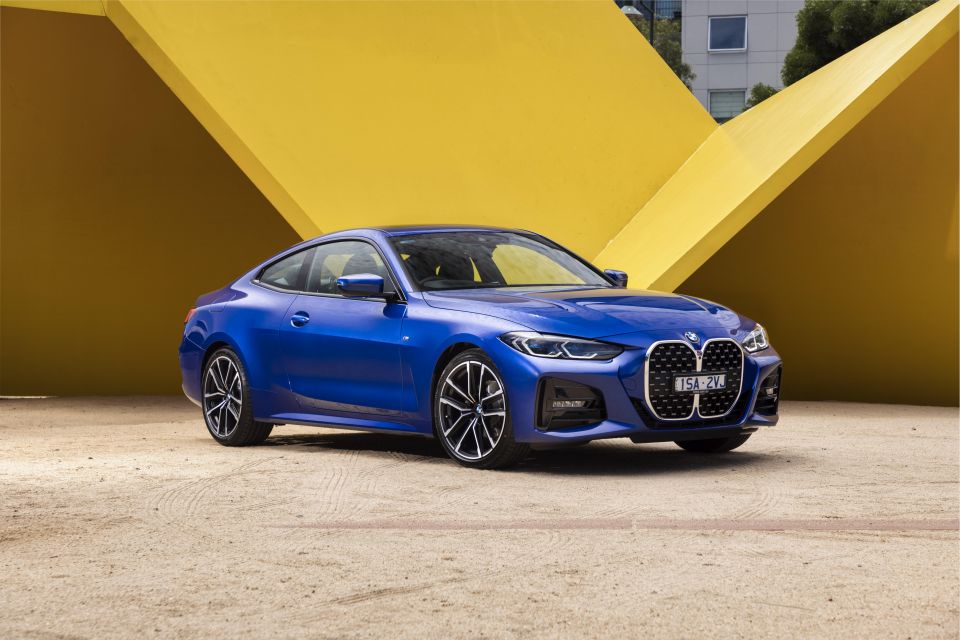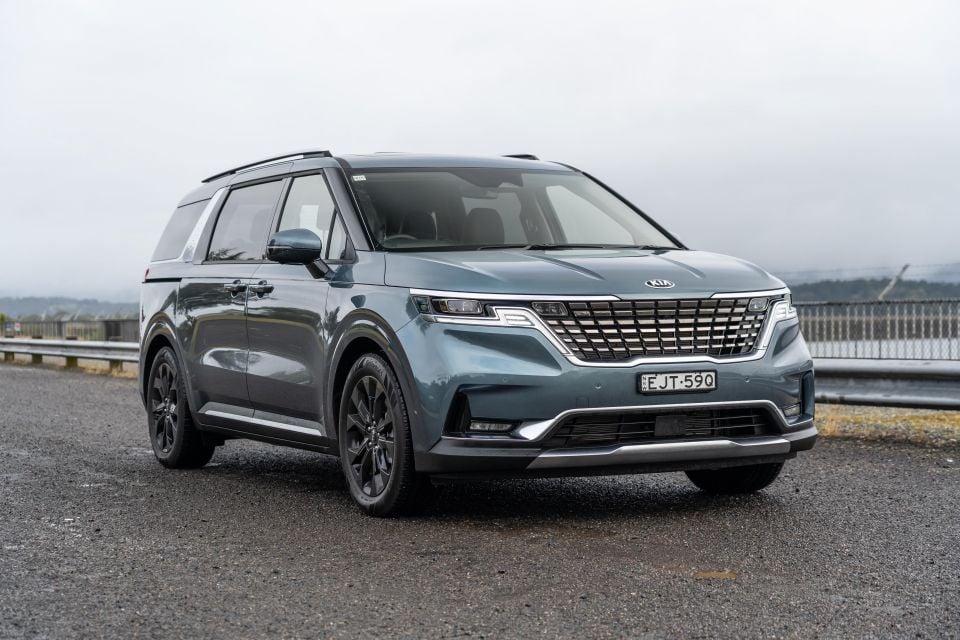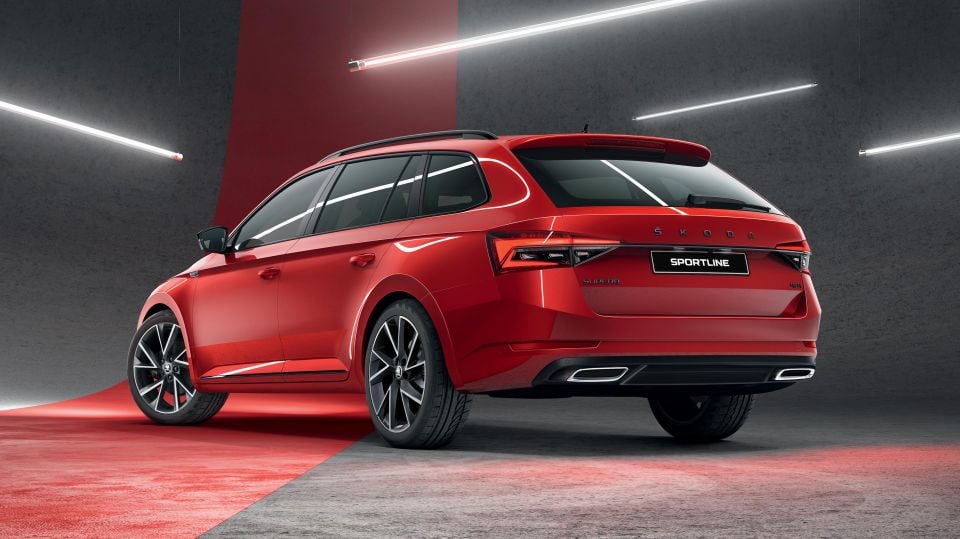

Matt Campbell
2026 Hyundai Tucson Hybrid review
8 Hours Ago
The Luxury Car Tax (LCT) thresholds have been increased again, but the car industry's peak body in Australia has called for the tax's abolition.

News Editor


News Editor
There’s been a bigger leap for the Luxury Car Tax threshold for fuel-efficient vehicles than for other vehicles for the 2022-23 financial year, but the 21-year old tax remains the target of criticism.
From July 1, the threshold for fuel-efficient vehicles will be increased by 6.6 per cent to $84,916, while for all other vehicles it’s up by only 3.9 per cent to $71,849.
Per the Australian Tax Office’s (ATO) definition, a fuel-efficient vehicle is one with fuel consumption that doesn’t exceed 7.0L/100km on the combined cycle.

The LCT remains a 33 per cent tax on the amount of a car’s final retail value (including options, accessories, dealer delivery, and GST) over the ATO thresholds.
The Federal Chamber of Automotive Industries (FCAI), the industry’s peak body, has once again called for Luxury Car Tax to be abolished and replaced with a road-user charge.
“The problem with the Luxury Car Tax is it’s still a very poorly-designed tax,” said Tony Weber, chief executive for the FCAI.
“It fails the basic rules of taxation: equity, efficiency, simplicity. It has no economic merit as a tax, whatsoever.
“The other problem with the Luxury Car Tax in this country, it was a tax that was introduced a long time ago and it was designed to tax luxury cars.

“And because historically the threshold has not been indexed appropriately, it now taxes cars that many people would argue quite rightly that are not luxury, including such products as the Kia Carnival.
“The only thing that it has going for it is it raises revenue, and it does it in such a poor way. It’s a tax on safety features, it’s a tax on low-emission technologies.
“I think the tax should just be abolished, simple as that.”
Mr Weber pointed to the benefits of Australia of having a safer car parc, arguing that having more safe, new vehicles on the road and fewer older vehicles would have a ripple effect on government health spending.
The FCAI has repeatedly proposed a road user charge to replace “inefficient” and “antiquated taxes”.

“[A road user charge should be] technology-neutral, applied right across the country, and eliminate a raft of taxes both on the motor vehicle and the driver,” said Mr Weber.
“That includes the luxury car tax, tariffs to the extent they still remain, stamp duty, registration fees, licence renewal fees – have one tax, and let’s sit down with the government and design it so that it can be implemented in a way so that it’s not regressive and doesn’t heavily burden those who live in outer areas and in regional Australia.”
Some states have announced they’re implementing road user charges, albeit only for electric vehicles and plug-in hybrid vehicles.
Victoria, for example, introduced a controversial road user charge to compensate for missing fuel excise revenue as more drivers switch from internal-combustion vehicles.
The previous South Australian government also implemented such a tax, however the newly elected Peter Malinauskas-led Labor government has moved to repeal the state’s mileage charge.

The ATO has long maintained a distinction between so-called fuel-efficient and other vehicles when it comes to the LCT, with the difference between the two usually hovering around the $15,000 mark.
The fuel-efficient vehicle threshold remained static from 2016 to 2020, even as the other threshold incrementally increased. This is the largest increase in the threshold in over a decade.
The LCT was introduced on July 1, 2001, as a 25 per cent tax. The tariff was increased to 33 per cent in 2008.
Neither party took plans to change or abolish the LCT to this year’s federal election.
The winning Labor Party’s only vehicle taxation proposals of note were to exempt electric, plug-in hybrid and hydrogen fuel-cell vehicles under the fuel-efficient vehicle LCT threshold from fringe benefits tax if provided through employment arrangements, while also removing the five per cent import tariff.

| Financial year | Fuel-efficient vehicle threshold | Other vehicles’ threshold |
|---|---|---|
| 2022-23 | $84,916 | $71,849 |
| 2021-22 | $79,659 | $69,152 |
| 2020-21 | $77,565 | $68,740 |
| 2019-20 | $75,526 | $67,525 |
| 2018-19 | $75,526 | $66,331 |
| 2017-18 | $75,526 | $65,094 |
| 2016-17 | $75,526 | $64,132 |
| 2015-16 | $75,375 | $63,184 |
| 2014-15 | $75,375 | $61,884 |
| 2013-14 | $75,375 | $60,316 |
| 2012-13 | $75,375 | $59,133 |
William Stopford is an automotive journalist with a passion for mainstream cars, automotive history and overseas auto markets.


Matt Campbell
8 Hours Ago


Max Davies
24 Hours Ago


William Stopford
24 Hours Ago


Derek Fung
1 Day Ago


Max Davies
1 Day Ago


William Stopford
2 Days Ago